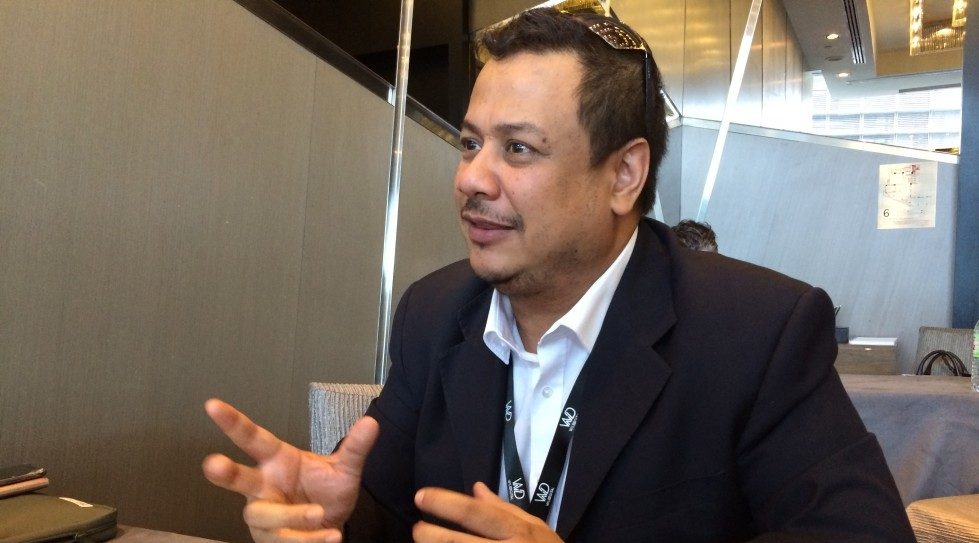The Malaysian Global Innovation & Creativity Centre (MaGIC) is postulating the need for creativity and innovation labs to serve different verticals, to build industry-focused micro-ecosystems rather than a generic startup tech ecosystem.
Start your deal-making journey now!
Subscribe now to enjoy unlimited access at just $59.
Premium coverage on private equity, venture capital, and startups in Asia.
Exclusive scoops from our reporters in nine key markets.
In-depth interviews with industry leaders shaping the ecosystem.
Already a Subscriber? Log in
Contact us for corporate subscriptions at subs@dealstreetasia.com



